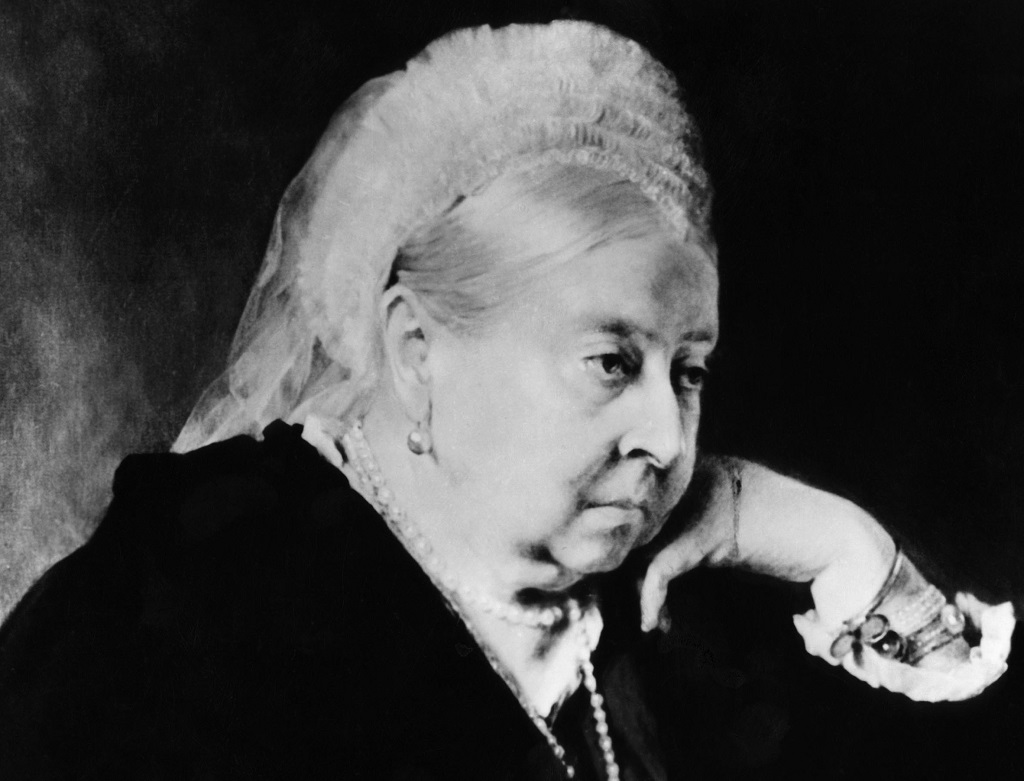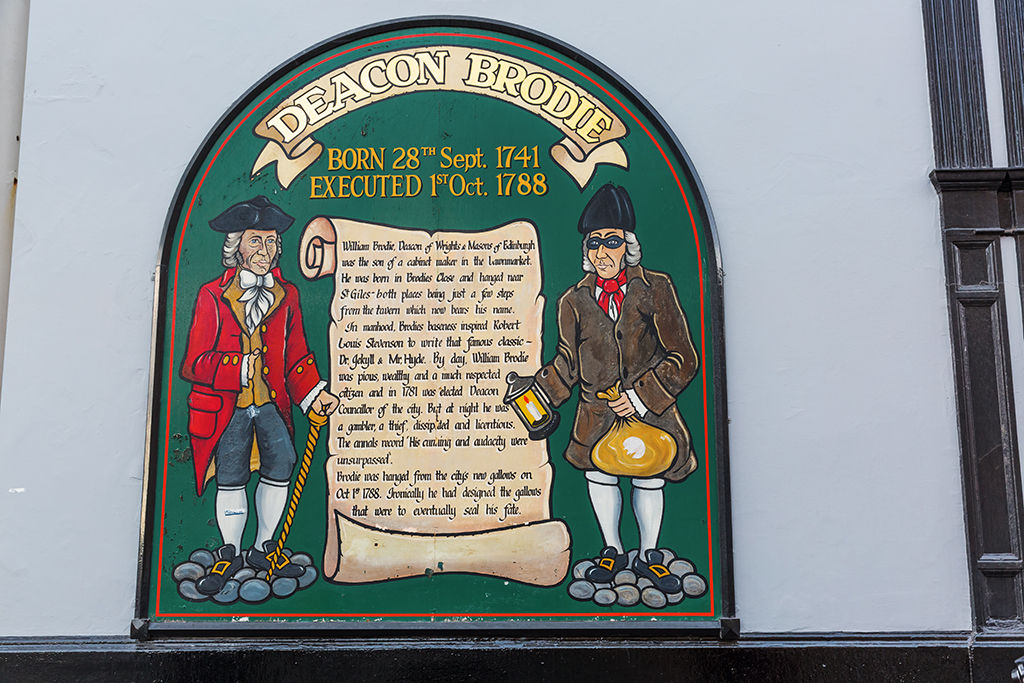From cannibals to grave robbers, Scotland has had its fair share of diabolical criminals.
Here’s a rogues’ gallery of some of the most notorious.
1. Invasion of the Bodysnatchers
Brendan Burke and William Hare were Irish immigrants in 1820s Edinburgh who robbed graves for Dr Robert Knox, who needed bodies to dissect in his anatomy lessons. When they ran out of corpses, the men turned to murder: preying on prostitutes and beggars, they would intoxicate their victims then smother them. It wasn’t until a fresh corpse was found in their lodgings that the pair were arrested. Hare was offered immunity from prosecution if he testified against Burke, who was hanged.
2. I am Jack
Thomas Neil Cream, known as the Lambeth Poisoner, was a Glasgow-born serial killer who preyed on prostitutes in the 1800s. He appears to have had no motivation for his crimes beyond simply being a sadist who enjoyed infl icting pain. He killed at least fi ve people in London, Canada and Scotland, and was suspected due to his detailed knowledge on the murders. His last words before being hanged on 15 November 1892 were ‘I am Jack’, leading many to believe he was Jack the Ripper.
3. By hook or by crook
When a terrible famine swept Scotland in the 1300s, many people had to scavenge to survive. One Perth butcher, Christie Cleek (whose real name was Andrew Christie), led a band of hunters in the Grampians; when one of the group died, Cleek butchered the body, giving his party a taste for human flesh. Christie is said to have personally dragged 30 travellers from their horses using a shepherd’s crook (or ‘cleek’, hence the nickname) and then eaten both rider and horse. Although his outfit was attacked by a 400-strong force of Perth militia, Cleek evaded capture.
4. Poetic justice

Queen Victoria
Roderick McLean attempted to assassinate Queen Victoria eight times in the space of 40 years because she had failed to acknowledge a collection of poetry that he’d sent her. On 2 March 1882, he embarked on his last effort, endeavouring to shoot the Queen. The Scot was caught and tried for high treason, and found to be ‘not guilty, but insane’. He spent the rest of his days in Broadmoor Asylum.
5. Mad Master of Edinburgh Castle
Lewis Hutchinson left Scotland for Jamaica, where he took on an estate named after the famous castle. He saw killing people as a sport, preying on lonely travellers and inviting guests over for dinner before murdering them, then ordering his slaves to dispose of the bodies. He went on the run after killing a soldier, but the Royal Navy, commanded by Admiral Rodney, caught him as he tried to flee. Hutchinson pleaded not guilty but was hanged in 1773 after the watches of 43 of his victims were discovered at his home.
6. Queen Herod
During the Victorian era unmarried mothers faced disgrace and ostracism and many resorted to paying a ‘baby farmer’ to re-home their illegitimate child. Jessie King, a small-scale baby farmer, took on two young children – both of whom suddenly disappeared. When the body of a child was found in her neighbourhood, the police came to interview her. She broke down and confessed to murder. She was held at the city’s Calton Prison (above) before being executed on 11 March 1889 – the last woman ever to be hanged in Edinburgh.
7. The Prime of Deacon Brodie

Deacon William Brodie was a skilled craftsman and an Edinburgh city councillor – but he was also a burglar with two mistresses, five illegitimate children and a gambling addiction. The esteemed businessman was trusted to fit and repair locks, but made copies of the keys so he could return to rob the premises. His downfall came when he recruited three accomplices: one was caught and forced to testify against Brodie, who was hanged in 1788 on the very gallows he had designed the previous year.
8. The Black Widows
On 3 March 1884, two Scottish-born sisters, Catherine Flanagan and Margaret Higgins, were hanged in Liverpool. They had murdered Margaret’s husband Thomas and his ten-year-old daughter, as well as Catherine’s 22-year-old son and an 18-year-old lodger, all of whom had been poisoned with arsenic by the sisters – who then claimed their victims’ life insurance.
9. When butlers go bad
Archibald Hall, who was born in Glasgow in 1924, was jailed in 1956 for selling stolen goods. On his release he changed his name to Roy Fontaine, and started afresh as a butler. But it wasn’t long before he slipped off the straight and narrow again – only now he was committing murder. He was caught on his way from London to Scotland, where he was going to dispose of the last of his five victims, when the police found the corpse in the back of his car. He was given a life sentence and was still in prison when he died in 2002.
10. Double, double toil and trouble
Witchcraft was thought to be rife throughout 16th and 17th-century Scotland. There were many covens, including the infamous Berwick witches, who plotted to kill James VI by conjuring up a storm that would sink the ship he was on. The plot was spearheaded by the King’s cousin and heir, the Earl of Bothwell. It failed but later came to light when a maid was tortured. Three of the suspected witches were executed.
TAGS

